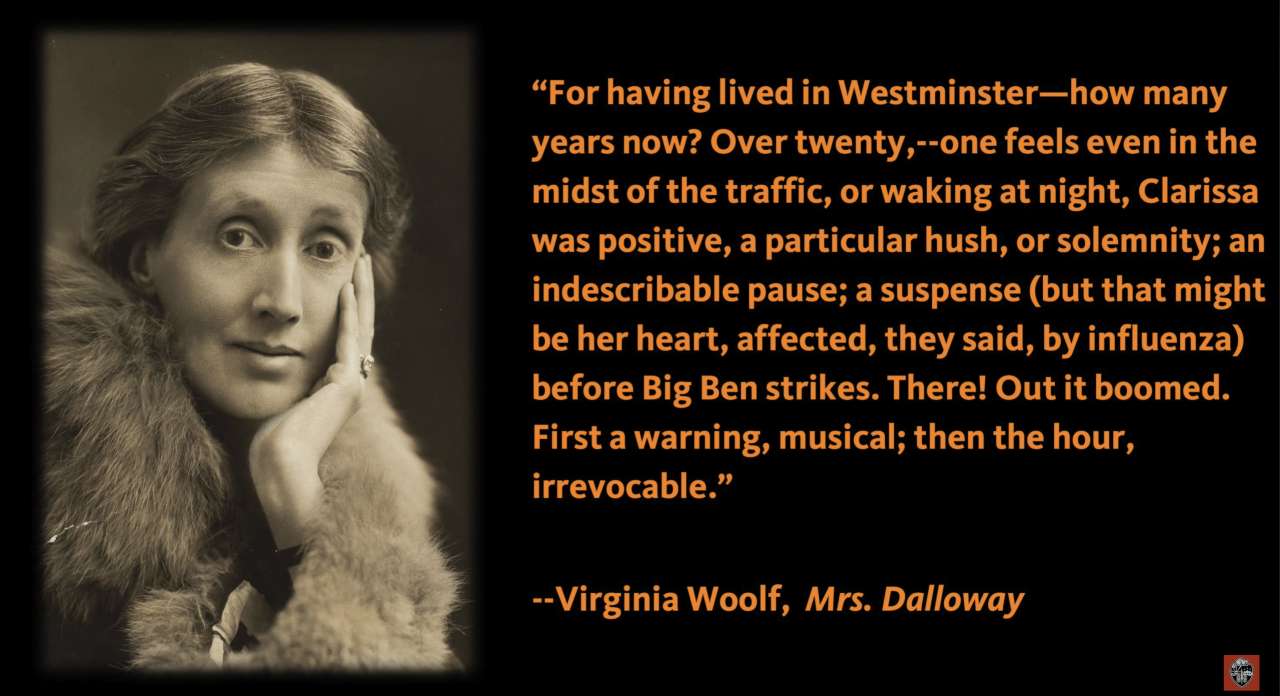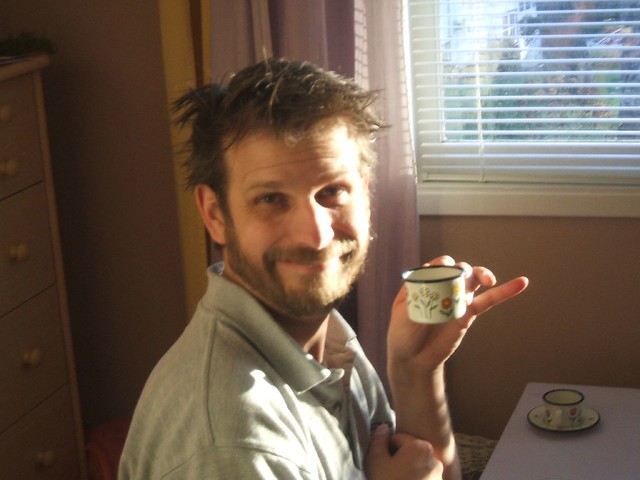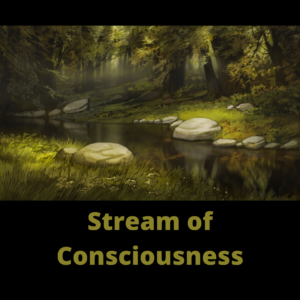Write in Stream of Consciousness to Hush Your Self-Editor
Something about writing seems to intimidate and/or frighten many people. Writing in a Stream of Consciousness can help get you past that hurdle of fear of writing.

What Is Stream of Consciousness Writing?
a person’s thoughts and conscious reactions to events, perceived as a continuous flow. The term was introduced by William James in his Principles of Psychology (1890).
“Stream of consciousness is a narrative style that tries to capture a character’s thought process in a realistic way. It’s an interior monologue, but it’s also more than that. Because it’s mimicking the non-linear way our brains work, stream-of-consciousness narration includes a lot of free association, looping repetitions, sensory observations, and strange (or even nonexistent) punctuation and syntax—all of which helps us to better understand a character’s psychological state and worldview. It’s meant to feel like you have dipped into the stream of the character’s consciousness—or like you’re a fly on the wall of their mind.
“Authors who use this technique are aiming for emotional and psychological truth: they want to show a snapshot of how the brain actually moves from one place to the next. Thought isn’t linear, these authors point out; we don’t really think in logical, well-organized, or even complete sentences.” https://liberalarts.oregonstate.edu/wlf/what-stream-consciousness

Virginia Woolf was a stream-of-consciousness writer, and I wrote my debut picture book The Donkey’s Song in a stream of consciousness, and furthermore, I did it in rhyme. Because of that, I created some memorably unique phrases. I advocate stream-of-consciousness writing for literary reasons, but I also advocate it for other reasons:
I Write in Stream of Consciousness to Hush My Self-Editor.
I Write in Stream of Consciousness to Prime My Writer’s Pump.

How to Prime Your Writer’s Pump
1. Ask yourself what you are passionate about. Start there!
Initially, you might not be able to recall any of your passions. You might think that life has kicked all of the passion out of you, but you are wrong. If that were true, you wouldn’t be here, sitting in front of the computer, trying to decide what to write. You would still be vegetating in front of the television. You are still alive. Dig deeper.
2. Overcome Lethargy
Perhaps you feel that you are sinking in the quicksand of your own lethargy. Writing in a Stream of Consciousness approaches writing in a Just-Do-It fashion.

Just jump in–and start writing–don’t worry about how–just do it.
3. Write First – Title Later
When I begin writing a piece, I refrain from titling it. In fact, I do not title anything until I finish writing the piece entirely. Titling is a Writing-Stopper. A title is like a straight jacket. If you try to title first, you limit yourself because you write trying to confine yourself to the topic of the title. During the Stream of Consciousness phase of your project, just write, let the title spring from the writing. We’ll tighten up later, but writing in a stream of consciousness is a way to explore what’s in your mind. Begin to say what you want to say what pops out of your mind, and allow your writing to evolve. Then title.
4. Allow Your Intuition to Do the Heavy Lifting of Your Writing
Michelangelo alluded to the artist’s intuition in saying that his sculptures lay within the stone and in sculpting, he merely followed the path that he sensed within the rock. Michelangelo was talking about the process of allowing his intuition to speak to him and to coach him as he created, thus creating his art for him. Over the years, I have written the following about intuition:
“I cannot overemphasize the importance of intuition in any type of art form. Countless artists and painters speak of an intuitive force that operates within them when they create. Everyone is born with intuition, but socializing and educating a child have a way of squeezing the intuition out of him. Although it would be better if none of us ever lost our inner radar, intuitiveness can be reawakened.” – Jacki Kellum
In creating art, something speaks to the artist and that something should be allowed to lead the way. By listening to that something–that inner voice–one is able to distil one’s own vision. – Jacki Kellum
“Intense listening with one’s inner ear–the intuitive ear– is a vital part of sharpening one’s inner eye—and thus, of extracting a piece’s inward significance.” – Jacki Kellum
“Intuition and the Inner Artist are linked. Intuition is the instinctive way that one’s inner artist views and responds to life. When a painter allows intuition to guide him, the painter himself becomes a vessel and the art flows through the vessel.” – Jacki Kellum
Knowing why one does this or that while creating is not important–just doing is the key to becoming. Making art is an intuitive response. – Jacki Kellum
When writers can access the words that lie within themselves, they begin to write more authentically. In fact, I could return to my own words that I quoted above, and I could exchange the word “writer” for the times that I said “artist,” and I would be equally correct. When writers create from within their intuitions, they often call that writing from “The Zone,” but it is actually writing from intuition, a reservoir of thoughts and emotions that run deeply within each person. The secret is tapping into that reservoir.
5. Don’t Worry About What Everyone Else Is Thinking about Your Writing

“You wouldn’t worry so much about what others think of you if you realized how seldom they do.” – Eleanor Roosevelt
Other people aren’t focusing on you. Quit worrying about what they think of you. Just focus on yourself and your own goals and begin to write. Remember that you are writing to express yourself–not to express everyone else. Just talk–in plain language [Shakespearean English is out].

6. Write Naturally – Give Up the Idea that You Should Write Like Shakespeare

Please Don’t Thee and Thou Me
by Jacki KellumPlease don’t Thee and Thou me.
That’s such a stuffy start.
That’s not the way to wow me,
Just say it from your heart.
©Jacki Kellum February 3, 2016Jacki Kellum Rules for Writing Poetry – Rule Number 1
- Don’t try to use stilted, pretentious, poetry-sounding words. Just talk.
©Jacki Kellum February 3, 2016
7. Turn Off Your Self-Editor
Write first. Let it flow. Just talk. Spell later. As you begin to write, don’t worry about spell check at first. Getting stumped by spelling is another Writing-Stopper. Write first–then spell-check; then correct the spelling. Whatever it takes, do it, but don’t let your editing strangle your writing.
8. Consider Recording Your Writing and Then Transcribing It
If you cannot keep your self-editor in check, allow your cell phone‘s voice recorder to help you. Just pick up your cell phone and download a voice recorder app and talk to the recorder. You can even send yourself lengthy voice messages and transcribe those. A friend of mine had a great idea for this. She said to send your message to yourself via email, and it will already be typed for you. How easy is that?
Do you see how easy it would be for you to stare down your white pages and to end your writer’s block? Just do it!
Discover more from Jacki Kellum
Subscribe to get the latest posts sent to your email.
